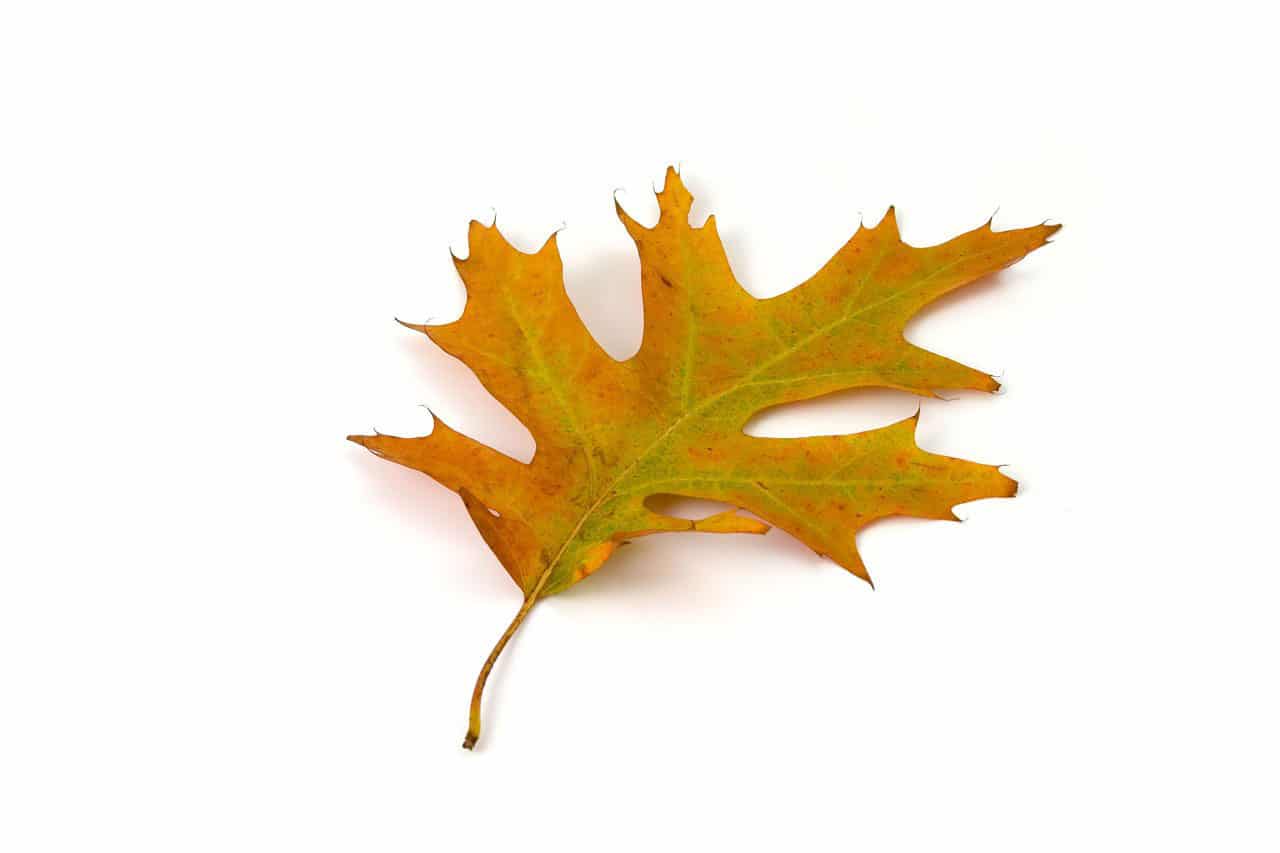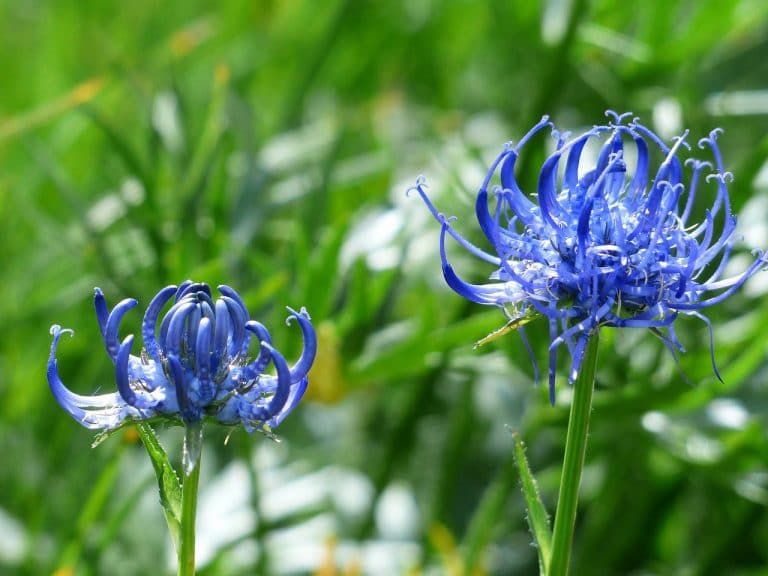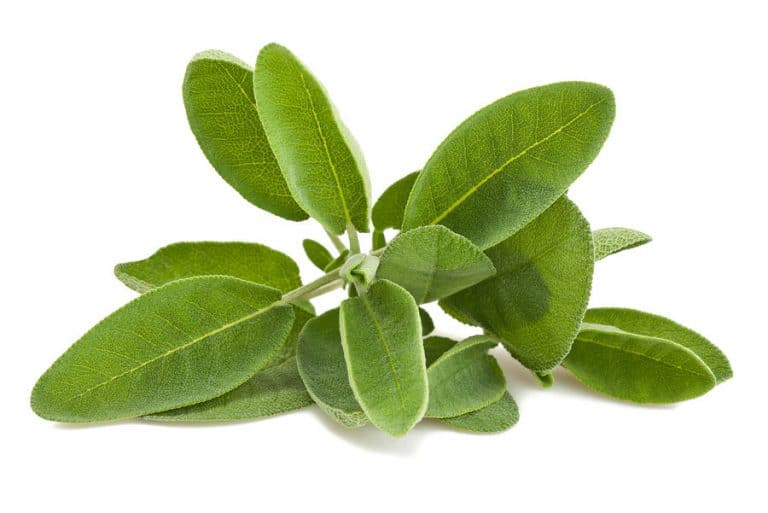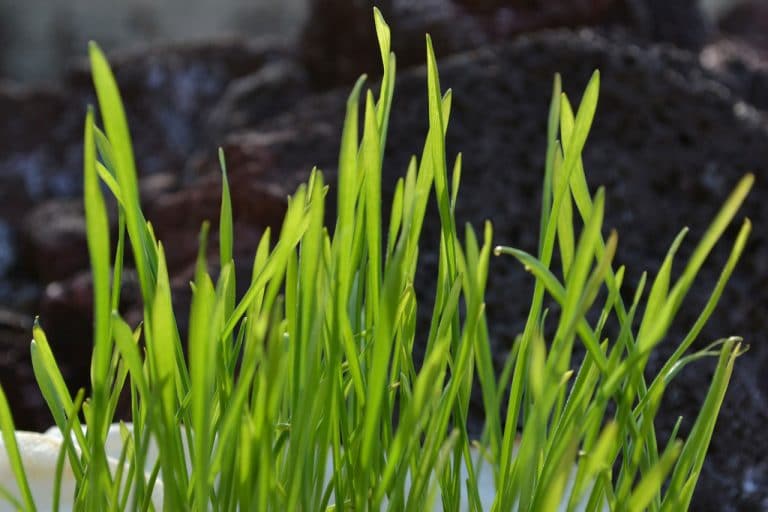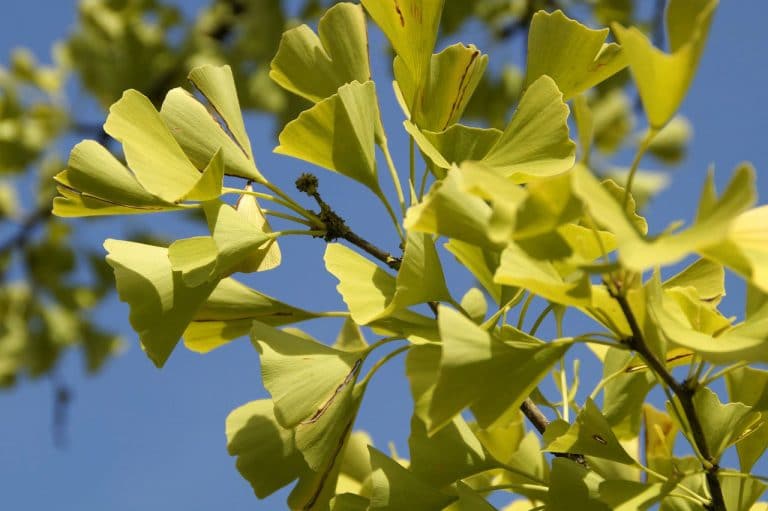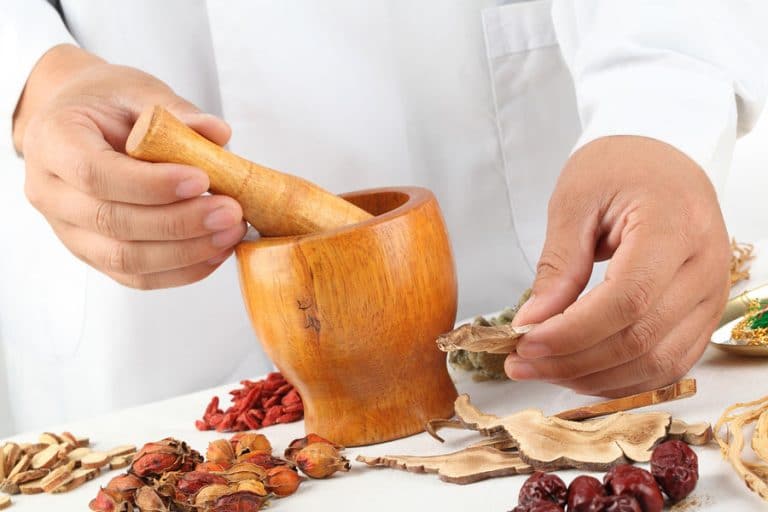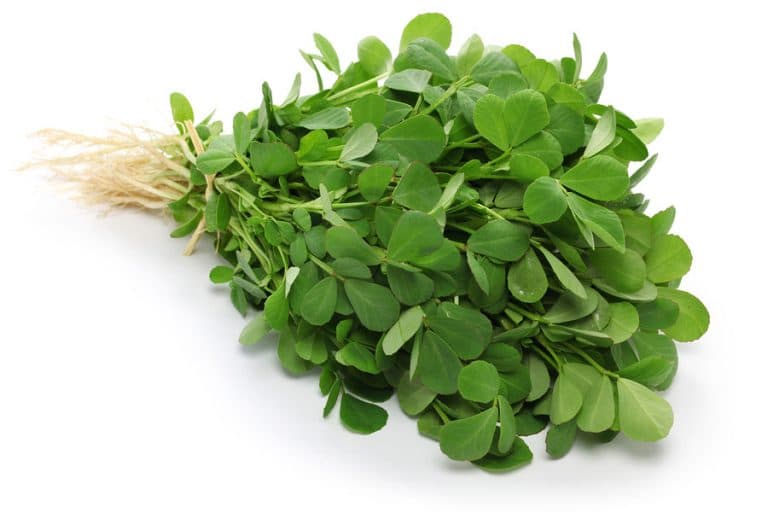White Oak
Scientific Classification
| Kingdom: | Plantae |
| Order: | Fagales |
| Family: | Asteraceae |
| Genus: | Quercus |
| Species: | Q. Alba |
White oak, also known as Quercus Alba, and belonging to the family Fagaceae, is Commonly used in furniture manufacturing. It is popular for the shade it provides, because of its large size. It is a strong, beautiful, large, and long-lived tree. This plant has a slow growth rate, but it can live for hundreds of years. Because of its dense foliage and brown round crown, it is also planted as an Ornamental plant. This plant is also used as an herb because of its anti-inflammatory and antiseptic properties. It is used to make tea and tincture, and its bark is powdered and sold as capsules. This herb is excellent in treating dysentery, and vaginal and bladder infections. The leaves, the inner bark, and acorns of the white oak plant are used to make herbal medicines.
History
According to myths, the wood of white oak tree is the only one thing that can kill an original vampire. In 1912, a new tree was planted by the natives; 300 years after the originals left the New World. In 1797, the wood of the white oak plant was used to build the hull of USS constitution, a three masted frigate of the US navy. Its Botanical name Quercus Alba, “Quercus” was derived from the Celtic words which meant “fine tree”. Because of its astringent property, in 1916, it was listed in the United States Pharmacopoeia., It was approved as remedy for treatment of Diarrhea by the General Commission. Historically, its bark was used to treat many ailments.
Anatomy
The White oak plant can grow to 80 to 100 feet tall and 50 to 80 feet broad. The leaves of this plant are smooth, bristle-less, glossy and are bright green in color. These leaves are about 9 inches long and narrow from the base with between 5 and 9 lobes. In the autumn season, these leaves turn into red or brown color, and will remain on the plant in the winter season until spring. The bark of this plant is scaly and light gray. It is a monoecious plant; so it has female and male flowers. The female flowers are small and have reddish spikes, and the male flowers are greenish yellow, catkins and they hang from twigs. The fruit of this plant is an acorn with a warty cap; it grows over 1 inch long. To develop these fruits take one growing season.
Habitat
White oak is the state tree of Illinois, Maryland and Connecticut. It is one of the important timber trees of the United States and is found on the slopes of the Canyon walls in the Southwestern United States. It can tolerate a variety of habitats and may be found in the Valleys, near Ponds, Lakes, ridges and streams. This plant is also found in suburban landscapes. It is found from extreme southern Quebec and southwestern Maine to Central Michigan and Southern Ontario and south to Eastern Kansas, Western Iowa, Texas, Oklahoma and Georgia.
Soil for Planting
The White oak plant requires loamy or sandy soil. For better growth it prefers fertile, well-drained, deep and moist soil. Acidic soil is also ideal for the plant. It requires good air circulation and full to partial sunlight. The PH level of soil should be 3.7 to 7.3.
Planting
The white oak plant is best grown from acorns because it is easy and plentiful. This plant is difficult to transplant, but for best results, it should be grown in the spring season.
Watering
The White oak plant requires deep and regular watering because moisture is essential for the growth of the plant. After planting it requires immediate watering.
Temperature and Humidity
The White oak plant grows under a wide variety of climate conditions. It requires mean annual temperature of 7 degree to 21 degree C. It requires a 55% relative humidity in the month of July and an annual rainfall of 1020 mm.
Flowering and Maturing Care
The White oak plant requires regular maintenance and care, especially about its right soil conditions that keep the plants healthy and also provide protection. Organic mulch is also ideal for the plant because it keeps moisture in the soil. Pruning should be done in early spring or winter season.
Harvest
Harvesting takes place when it is fully mature. Its acorns, leaves and bark are harvested for medicinal purposes. Its wood is also harvested for making furniture.
Pests and Pesticides
Many pets, insects and diseases attack the white oak plant. Usually they are not important, but may kill weakened plants. The Wood Borer Pest damages the wood of the standing plant and can cause lumber and log defect. Powdery Mildew pest may occur during the summer season. Many Leaf Eaters also attack the plant, such as the Gypsy Moth, Orange Striped Worm, Walking Stick, Variable Oakleaf Caterpillar and Oak Leaf Tiers. A vascular disease, Oak Wilt is caused by fungus, and it is the most destructive disease of this plant. Other diseases such as Root Rot and Leaf Blister can seldom kill or cause much loss to the plant
Uses
The wood of the white oak is hard, strong and resistant to fungal and insect attack. The wood of this plant is useful in making flooring, furniture, timber frame in buildings and in the manufacture of veneer. In Europe it is used in the construction of ships. The wood of this plant is very expensive. The hardness of oak tree makes it useful for furniture, construction production. It is used in making of shelves, moldings, trims and tables. White oak tree is also used in grilling and smoking food. The bark and leaves of white oak are used in medicines. The Bark of this plant is used by tanners for tanning leather. Oak galls were used as an ingredient in iron gall ink. Flour is also made from its acorns by Native American Indians. Acorns of plant are used by many mammals and birds as food. The white oak plant is also used medicinally to treat diseases such as wounds, illness and other physical problems. The bark of this plant is rich in tannins, so it is used to treat internal bleeding and hemorrhoids. It also controls inside and outside infections of the body. It also contains Saponins which are useful in the treatment of upper respiratory problems. This plant is used to treat canker sore, fever, sores, goiter and menstrual problems. Its bark is directly applied to the skin to treat skin problems. This plant is used to treat canker sore, fever, sores, goiter and menstrual problems. Its bark is directly applied to the skin to treat skin problems.

Having discovered a fondness for insects while pursuing her degree in Biology, Randi Jones was quite bugged to know that people usually dismissed these little creatures as “creepy-crawlies”.

